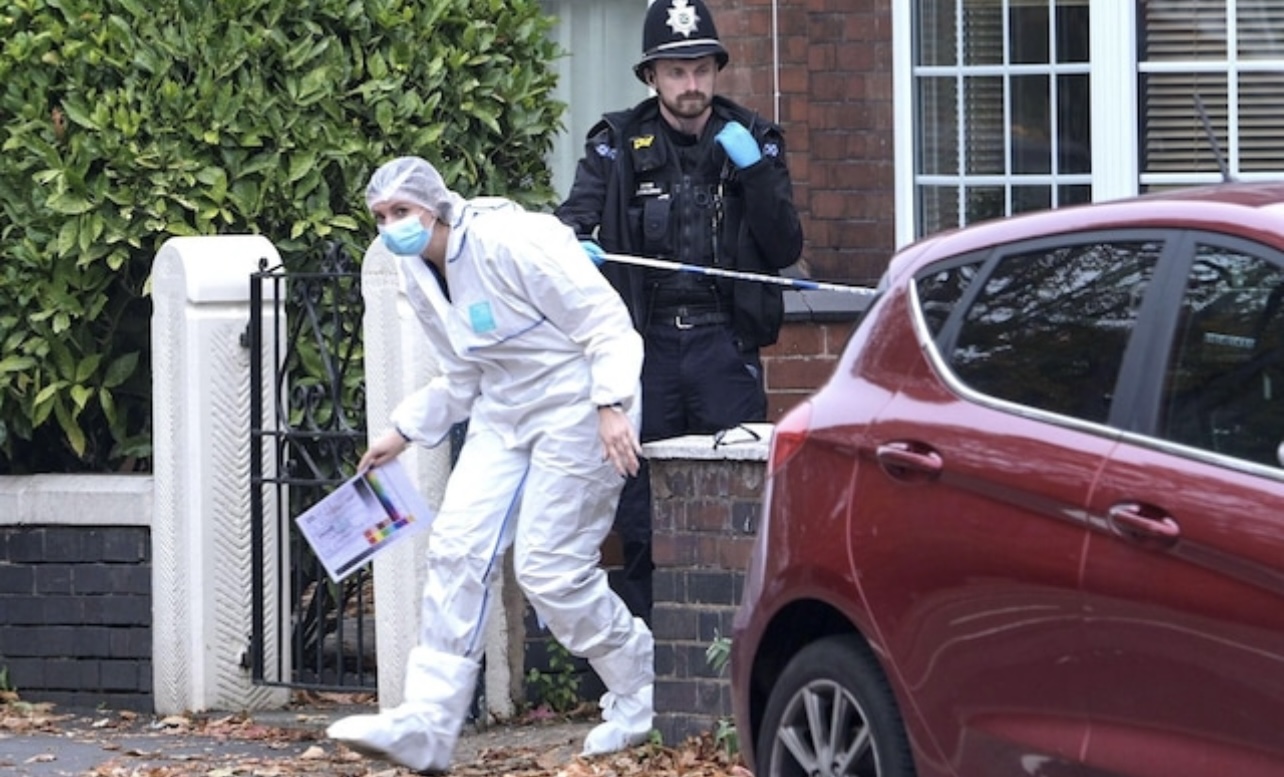Hurricane Melissa has struck with staggering force, making landfall in southwestern Jamaica and now barreling towards eastern Cuba while carrying a grave warning of catastrophic flooding across the region. According to the National Hurricane Center (NHC) and other meteorological agencies, this storm combines extremely powerful winds, torrential rain and a slow forward motion—creating a perfect storm of destruction.
In Jamaica the impact has already been historic. Melissa made landfall near New Hope in the parish of St Elizabeth with sustained winds reported at 185 mph (295 km/h), marking it as one of the strongest hurricanes ever recorded in the Caribbean. In the aftermath, entire communities are submerged, over half a million people are without electricity, hospitals have sustained severe damage and roads and bridges are blocked by debris and floodwaters.
Meteorologists and emergency-management officials are sounding the alarm for what comes next. The storm is heading north‐northeast toward eastern Cuba (including the provinces of Santiago de Cuba, Guantánamo and Holguín) and the Bahamas, with the potential to cause life-threatening storm surge, widespread flash flooding and deadly landslides, especially in mountainous or deforested terrain. Forecasters warn rainfall totals could reach up to 40 inches (about 1 m) in certain vulnerable areas.
In Cuba, authorities have mobilized large-scale evacuations: hundreds of thousands of people in flood- and surge-prone coastal and valley zones are being moved to shelters, as government agencies urge residents to heed evacuation orders and prepare for disrupted power, water and communications. The slow progress of the storm means the region may endure destructive conditions for an extended period rather than just a brief violent burst. Experts note that the slow movement of Melissa is amplifying the rainfall threat and increasing the risk of long-duration flooding and landslides.
Relief and emergency agencies across the region are preparing for major operations. In Jamaica the government has declared disaster zones and requested international aid to help respond to destroyed infrastructure, disabled hospitals and isolated communities. The broader Caribbean is reminded that the combination of high winds, deep floodwaters, disrupted lifelines and terrain-induced landslide risk make this a truly significant event—a “once in a century” storm according to some experts.
Authorities’ message to the public is urgently clear: move well away from flood-prone areas, avoid travelling on blocked or submerged roads, shelter in well-hardened locations, and expect critical infrastructure (electricity, water, communications) to be disrupted for days, if not longer. Officials emphasize that lives are at risk, and this is not a time for complacency.



